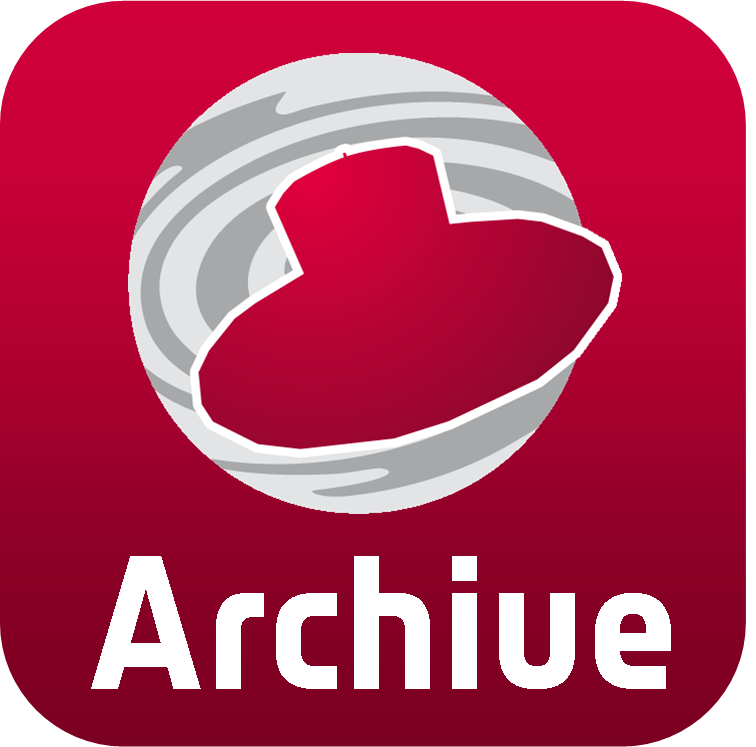Gaia Tools - Gaia
Tools
Gaia BH3 tools
An orbitting fitting tool has been published along with the Gaia Collaboration paper: "Discovery of a dormant 33 solar-mass black hole in pre-release Gaia astrometry", as well as an update to the BINARYS toolkit. Find both tools on this page.
Gaia DR3 software tools
With the release of Gaia Data Release 3, a set of software tools was released as developed by the Gaia Data Processing and Analysis Consortium.
Gaia Observation Forecast Tool
The Gaia Observation Forecast Tool is intended to aid astronomers in finding out when their targets will be observed by Gaia and when Gaia observed sources in the past. Users should note that no observation can be guaranteed as many reasons may lead to situations in which the data for an object at a predicted time will not be available. The tool is self explanatory with the possibility to enter coordinates directly or to retrieve them using the Simbad name resolution facility. The forecast tool allows predictions from 26 September 2014 onwards when the final optimised scanning law will be implemented. Questions about the tool can be directed to the Gaia helpdesk.
Gaia Sky
Gaia Sky is a real-time, 3D, astronomy visualisation software that runs on Windows, Linux and OS X. It has been developed by the Gaia group at the Astronomisches Rechen-Institut (ZAH, Universität Heidelberg). The application can be downloaded from the ARI website; the latest documentation is available here.
A demonstration of the capabilities of Gaia sky was given at the time of data release 2. A story describing Gaia Sky and some videos made with this tool are available here.
Gaia Community Tools
Within the astronomical community, many very useful tools are available for use with Gaia data. A non-exhaustive list is provided on this page.
Gaia-Groundbased Observational Service for Asteroids (Gaia-GOSA)
The Gaia Groundbased Observational Service for Asteroids (Gaia-GOSA) is a free interactive tool available at www.gaiagosa.eu which supports observers in planning photometric observations of asteroids. Based on the observing sites and the equipment characteristics defined by users, the GOSA service prepares a personalised observing plan. The asteroid prediction tool is based on the Gaia orbit and scanning law provided by the European Space Agency and the ephemerides of solar-system bodies provided by the Minor Planet Center. These inputs have been coupled by a software tool developed and run by the Gaia Data Processing and Analysis Consortium (DPAC). The data collected by the GOSA community will be used to enhance the Gaia Solar system science.
A story dedicated to Gaia-GOSA was published end of 2017. This story can be found here.
GBOT Interactive Tools for Tracking Gaia
The Field-of-View Maker is available here.
GUMS - Gaia Universe Model Snapshot / GOG - Gaia Object Generator
GUMS-20 is the 20th version of the Gaia Universe Model Snapshot, a simulation of the expected contents of the Gaia catalogue produced at the MareNostrum supercomputer. It is available within Gaia EDR3 directly through the Gaia Archive (table "gaiaedr3.gaia_universe_model") together with GOG-20 (the Gaia Object Generator, which applies the Gaia instrument modelling and DPAC processing performance simulations on GUMS, table "gaiaedr3.gaia_source_simulation"). See the online documentation (https://gea.esac.esa.int/archive/documentation/GEDR3/Data_processing/chap_simulated/).


